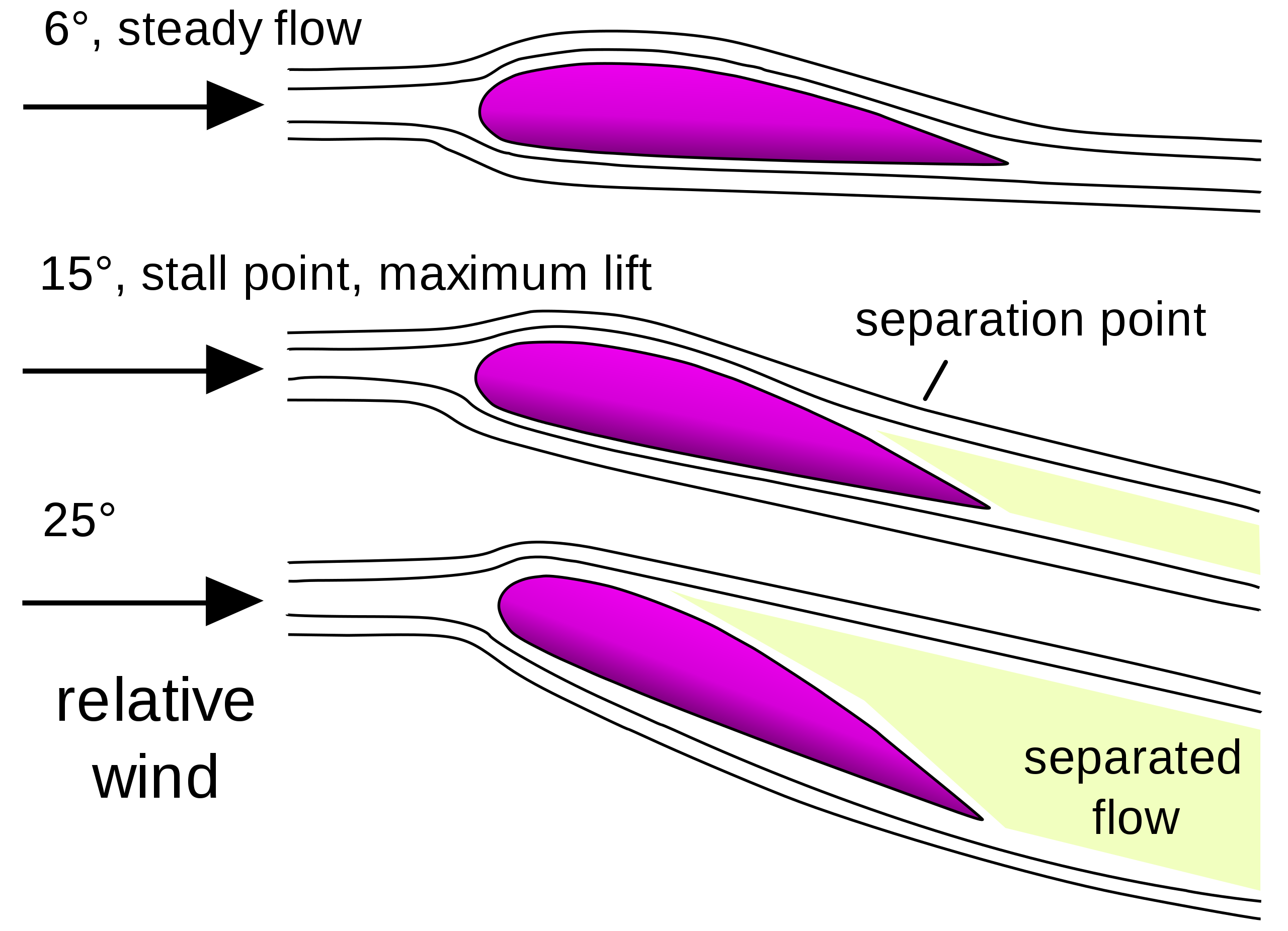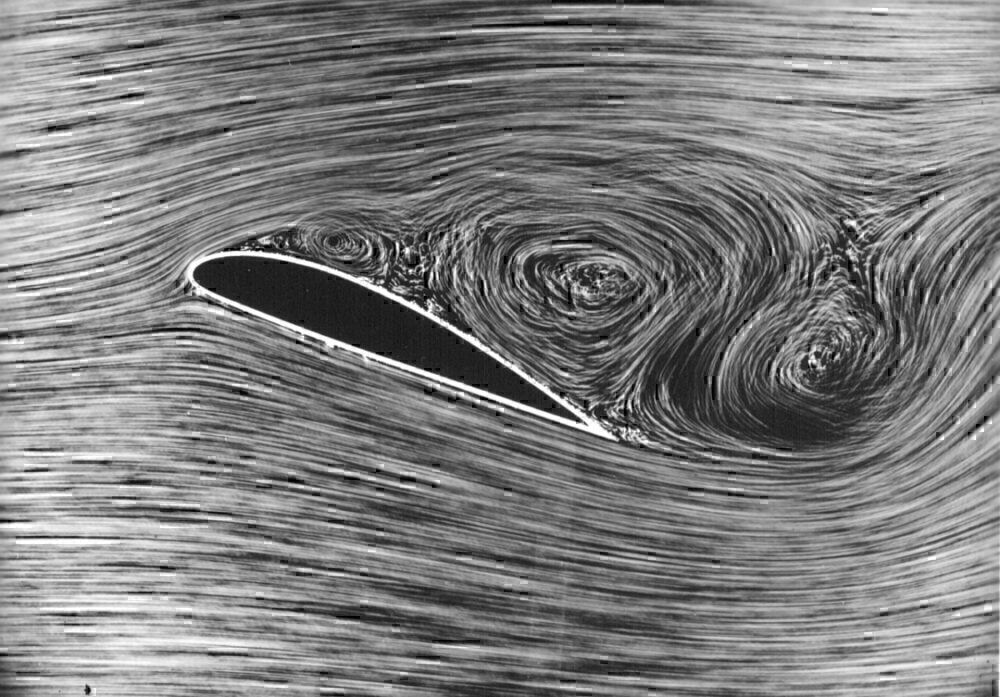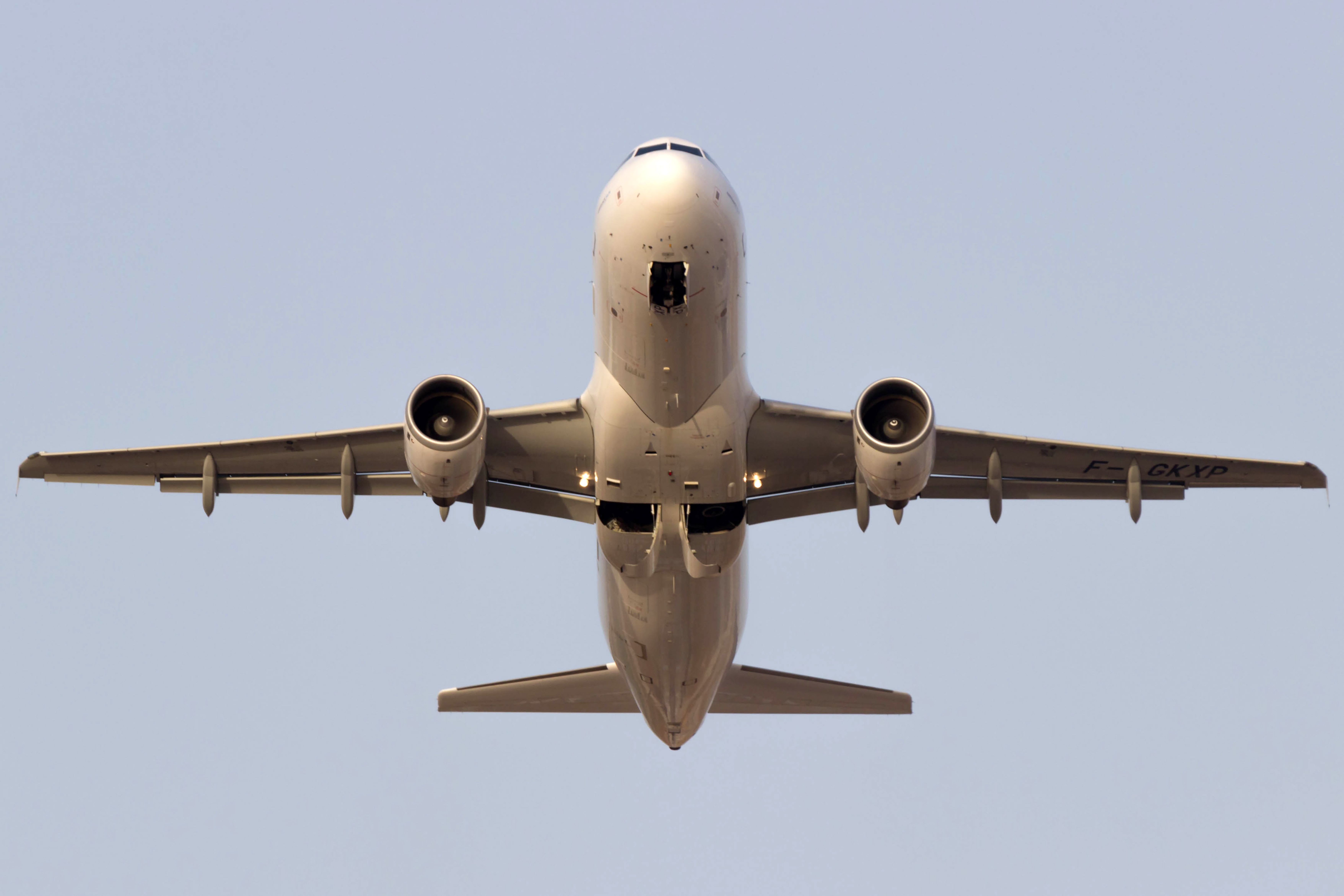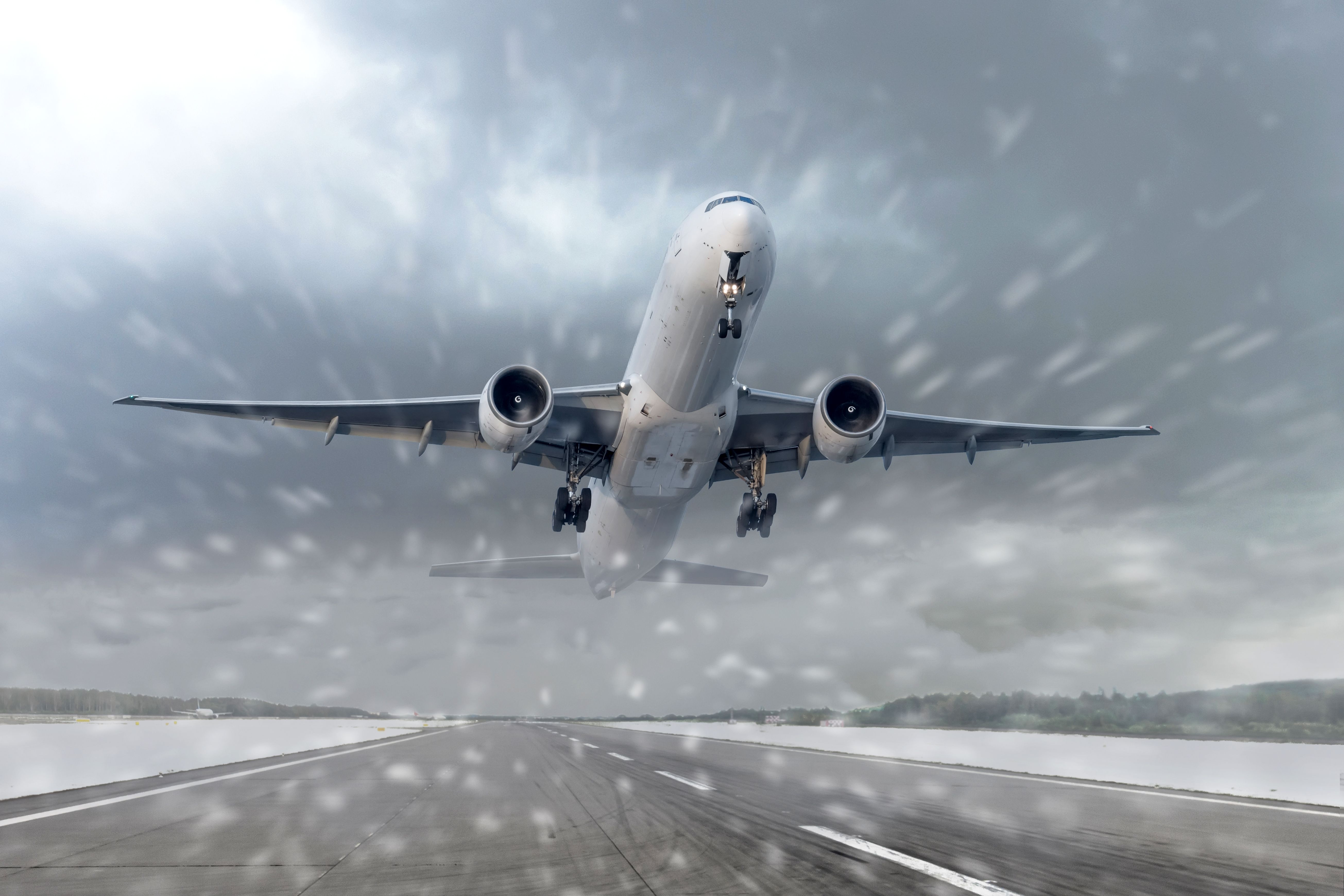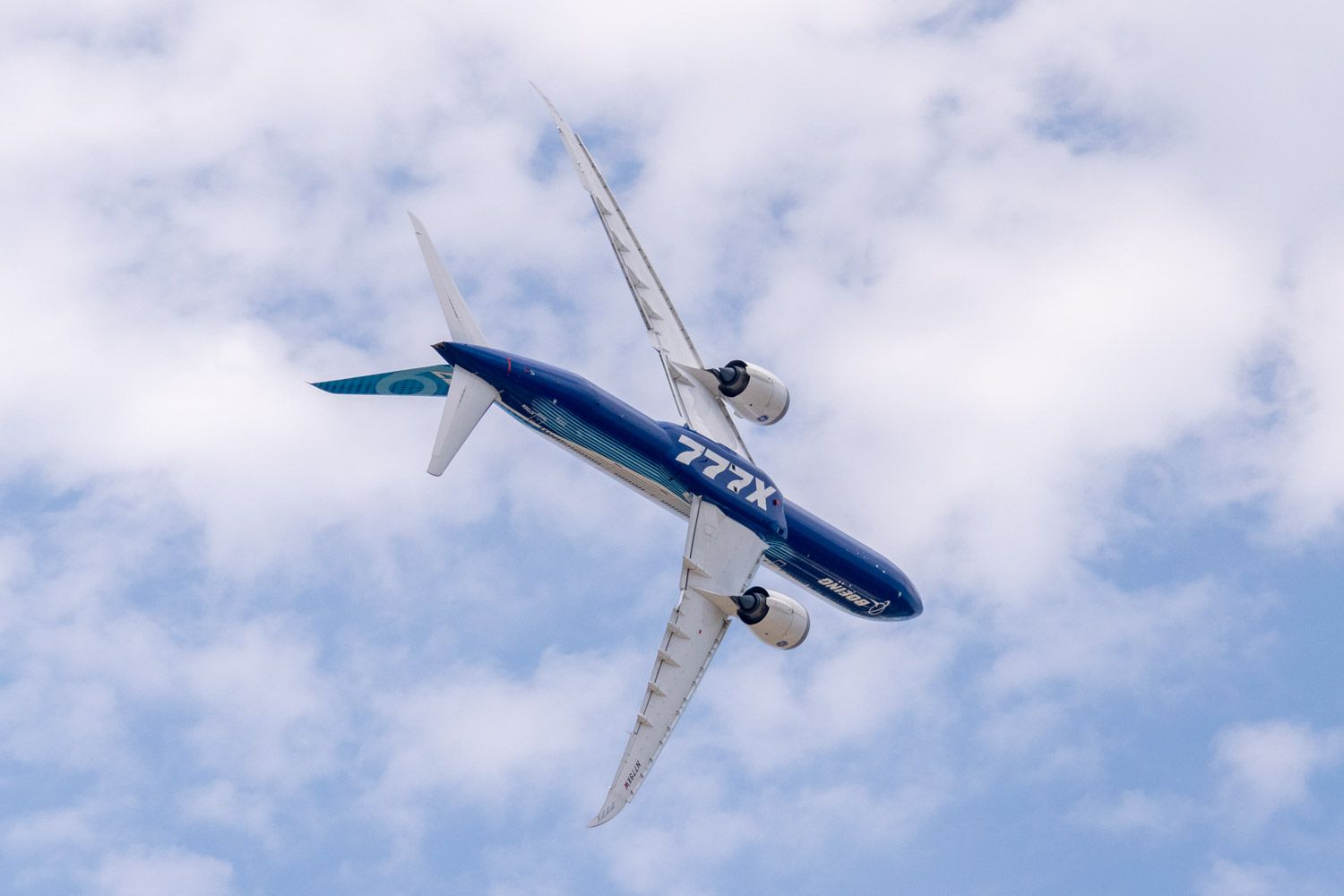Summary
- Stalls are dangerous conditions where aircraft wings stop generating lift.
- Ice accumulation on wings and stabilizers can lead to aerodynamic stalls.
- Stalls can occur at high speeds and may not always have warning signs.
A stall is one of the most dangerous conditions that can lead to catastrophic aircraft failure. Modern airliners are designed with various mechanical and software redundancies to greatly minimize the risk of stalling. Similarly, pilots are trained for all kinds of stall scenarios and contingency plans should they encounter an unexpected stall condition in flight. However, pilots can never be completely prepared, and the dangers of sudden aircraft stalls exist.
A stall is a condition where the aircraft wings stop generating lift due to the flow separation over its surface. Wings are designed in such a way that their shape allows greater air velocity over the top surface and lower air velocity underneath. Since the air pressure is inversely proportional to velocity, the higher pressure on the underside of the wing pushes the aircraft upward, generating lift.
The coefficient is a function of velocity, wing area, and the angle of attack. While lift increases with the angle of attack, there is a point where the flow is no longer laminar over the wing, and it becomes turbulent. Further increase in the angle will separate the flow completely while decreasing the airspeed, and the wings will stop generating lift. This is the critical angle of attack beyond which the aircraft incurs stall conditions. A stall can force the aircraft into a roll and subsequently fall out of the sky.
Stalls can be caused as a result of various inflight factors. One such factor is ice accumulation on wings or horizontal stabilizers (elevators). Such a condition may be referred to as the Ice Contaminated Stall. The proliferation of ice on wings or the horizontal stabilizer (also acts as secondary lifting surfaces) can lead to flow separation over the surface, resulting in an aerodynamic stall.
Modern aircraft are designed to fly through almost any kind of weather thrown at them. From extreme winds to rain and freezing fog, aircraft are generally equipped with all sorts of mechanisms to combat the elements. However, ice accumulation on the wings and the horizontal stabilizer can result in the aircraft stall condition.
While ice accumulation on the aircraft before flight can be handled by deicing, in-flight accumulation can be dangerous. This generally occurs in Arctic environments when the aircraft encounters freezing fog during flight. Pilots must be able to identify the stall and the type of stall early on to initiate preventive measures. This article focuses on five key things pilots should know about ice-induced stalls.
1 Identifying early signs of stall
A stall condition can easily be prevented if pilots are able to identify the early signs. When the angle of attack keeps increasing while the aircraft speed decreases, this may be an early sign of a stall. The pilots may feel that the flight controls are less responsive to inputs.
This can happen with the changes in the airflow of the wings. Moreover, pilots must also recognize any buffeting that occurs. Notably, ice accumulation on the main wings or the horizontal tailplane can alter the critical angle of attack. In other words, the aircraft may stall at lower angles of attack if the lifting surface is contaminated with ice.
Photo: Davidi Vardi / Shutterstock
Pilots must push the nose of the aircraft lower if they incur a near-stall condition. By pushing down on the control column, the angle of attack is reduced, and the aircraft begins to gain speed. As a result, the sluggish airflow over the wings returns to its laminar form (more attached), and the wings produce the necessary lift to keep the aircraft in the air.
2 Knowing the rate of ice accumulation on all surfaces
The aircraft’s main wing is much thicker and more rounded than the horizontal tailplane. This is because it is primarily responsible for generating the majority of the lift required by the aircraft. Despite having an airfoil shape, horizontal surfaces are more slender and have sharp leading edges. That means the rate of ice contamination on the main wing is significantly different than on the horizontal stabilizer.
Photo: aappp via Shutterstock
Due to the horizontal stabilizer’s size, shape, and location, the ice can accumulate quicker than on the main wings. Moreover, ice collection efficiency may also result in irregularity of ice on the surface, further complicating the lifting moment.
3 Center of Gravity and Wing Loading
An aircraft’s center of gravity (CG) plays a significant role in its stability and maneuverability during flight. The CG in most aircraft is forward of the main wing’s center of pressure. As such, an aircraft naturally produces a downward pitching moment. The horizontal tailplane is designed to balance that by applying a downward force and overcoming the normal pitching moment.
Photo: Markus Mainka/Shutterstock.
The negative angle of attack of the horizontal tailplane keeps the aircraft in a level position. Suppose the ice accumulates on the horizontal stabilizer, which can happen much before the main wings. In that case, it prevents the surface from exerting the required downward force to balance the natural nose-down pitching moment of the aircraft.
4 Stalls can occur at great speeds
The stall condition is associated with the critical angle of attack and the aircraft’s speed. As mentioned earlier, both of these quantities change inversely from one another. The angle of attack influences the aircraft speed, particularly closer to the stall condition. However, a stall can also occur without the aircraft reaching its minimum stall speed. This is particularly true during ice-induced stalls on horizontal stabilizers.
Photo: Farnborough Air Show 2022
The stall speed of the horizontal stabilizers is greater than that of the main wings. While an icing event on the main wings would generally occur near the flap limit speed, the horizontal tail stall can be missed due to its greater limit. Pilots must be aware of the different boundaries and anticipate a horizontal tailplane stall.
5 There may be no warning
While pilots are trained to watch for any stall warnings in the cockpit or by looking at various other parameters, stall warnings may be dubious in the case of ice-induced events. It is important to note that the aircraft stall systems are designed to provide stall warnings during normal operations. In other words, the system will pick up warnings based on the parameters in an uncontaminated stall.
Photo: Airbus
During an ice-induced event, stall warnings may not work altogether. This is particularly true during a horizontal stabilizer stall where there may be no warnings or indications, including the stick shaker. Such signs are typically associated with main wing stall events. Pilots must be knowledgeable and informed to take appropriate actions in the absence of cockpit warnings.
What are your thoughts on the ice-induced stalls and various vital parameters to watch for during such events? Have you ever experienced such an event during your flight? Tell us in the comments section.
Source: NASA


